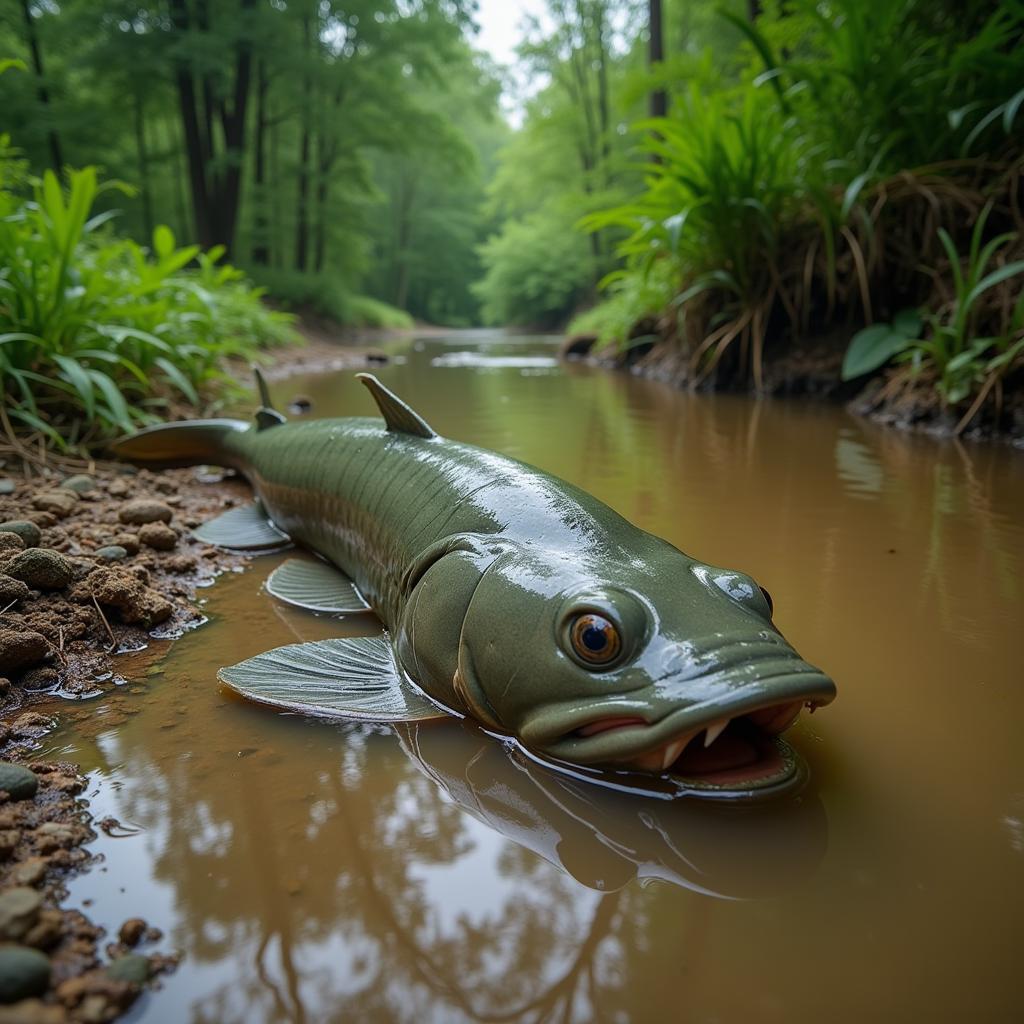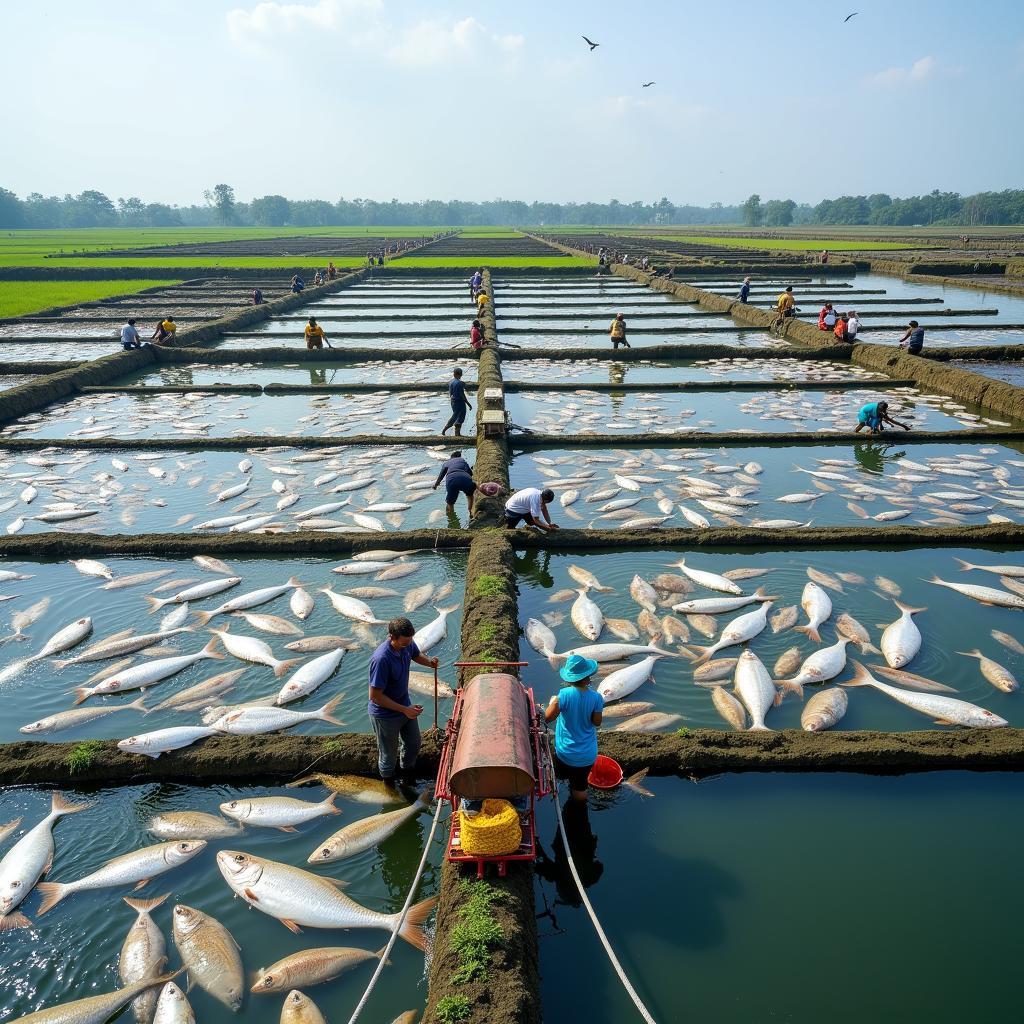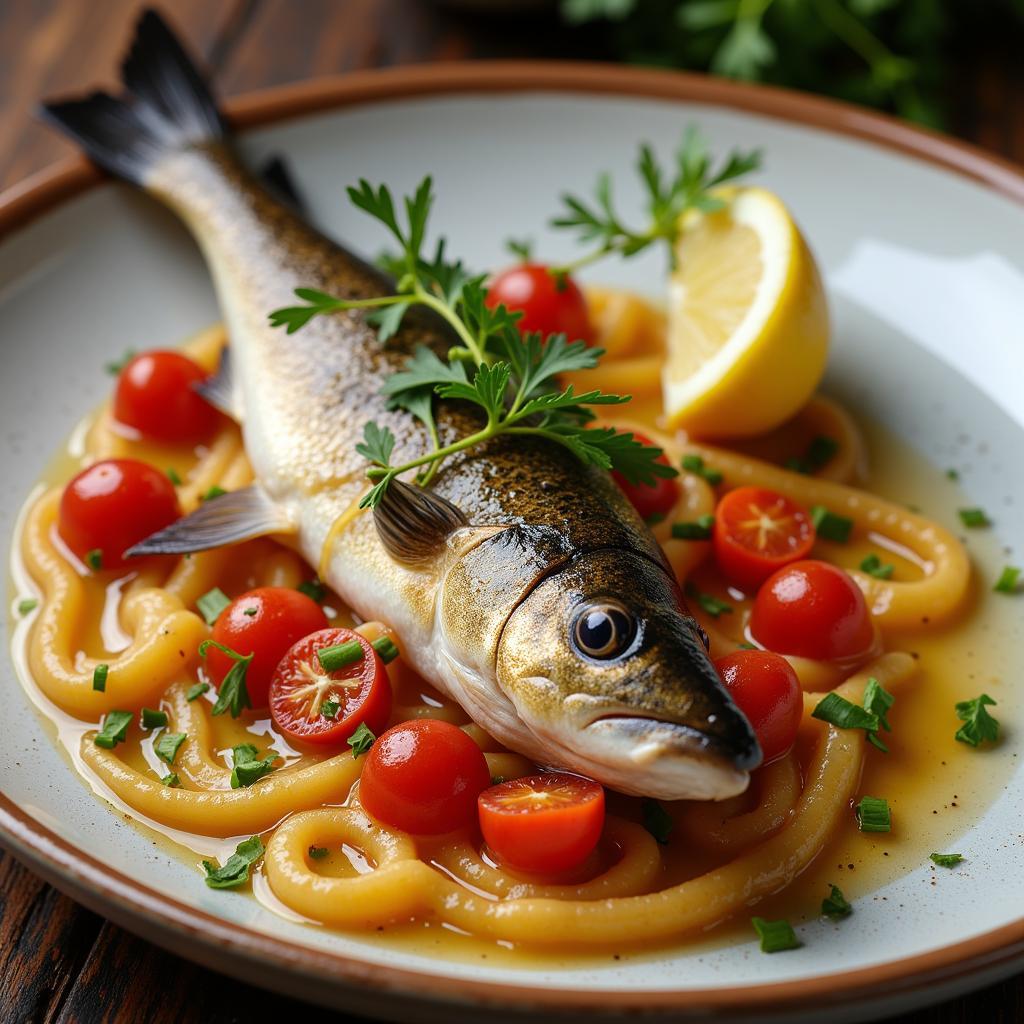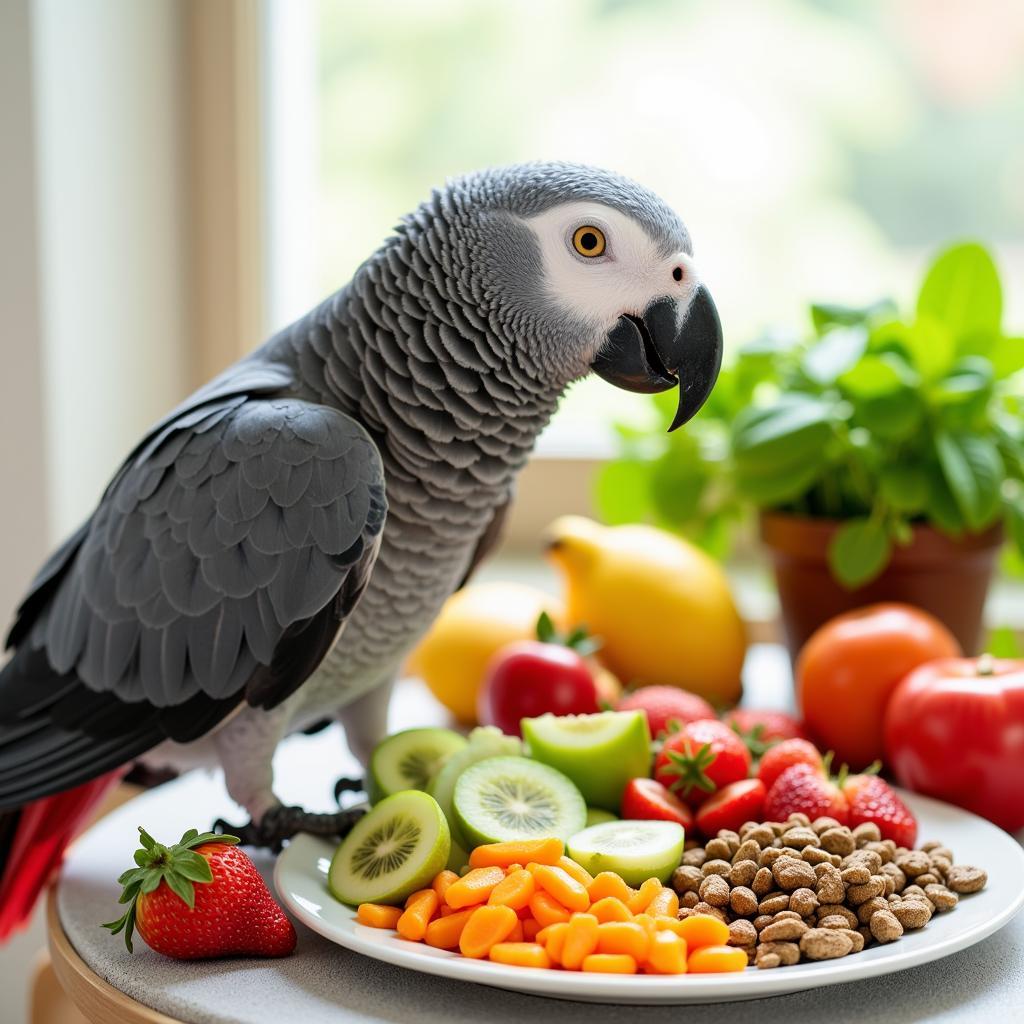African Catfish Clarias Gariepinus: A Comprehensive Guide
The African catfish, Clarias gariepinus, is a fascinating species with significant economic and cultural importance across Africa. This hardy fish has become a popular aquaculture species globally, known for its rapid growth and adaptability. This guide explores everything you need to know about the Clarias gariepinus, from its biology and habitat to its role in aquaculture and its impact on local economies. Check out this helpful guide on building an African catfish farm.
Understanding the Biology of Clarias Gariepinus
Clarias gariepinus is an air-breathing catfish, belonging to the Clariidae family. This unique adaptation allows it to survive in oxygen-depleted waters and even travel short distances over land. It is characterized by its elongated, scaleless body, a flattened head, and prominent barbels surrounding its mouth. These barbels act as sensory organs, helping the catfish navigate and locate food in murky waters. They are opportunistic feeders, consuming a wide variety of food sources, including insects, crustaceans, small fish, and plant matter. This adaptability makes them highly successful in diverse environments.
What makes Clarias gariepinus so unique? Its ability to breathe air and thrive in challenging environments sets it apart from many other freshwater fish. This adaptability is key to its success in both wild and farmed environments.
The Natural Habitat of the African Catfish
The African catfish is native to a wide range of freshwater habitats across Africa, including rivers, lakes, swamps, and floodplains. They are highly adaptable and can tolerate a range of water conditions, from warm, stagnant waters to fast-flowing rivers. Their resilience allows them to thrive in environments where other fish species might struggle. The species has also been introduced to other parts of the world, often for aquaculture purposes, sometimes leading to concerns about its potential impact on native ecosystems.
 African Catfish in its Natural Habitat
African Catfish in its Natural Habitat
Clarias Gariepinus in Aquaculture: A Growing Industry
The Clarias gariepinus has become a staple in aquaculture due to its rapid growth rate, high feed conversion efficiency, and ability to tolerate high stocking densities. These qualities make it an economically attractive species for fish farmers. Learn about the fascinating process of African catfish mating.
Why is Clarias gariepinus a preferred species for aquaculture? Its ability to grow quickly and efficiently in a variety of environments makes it a profitable and sustainable option for fish farmers around the world.
Economic and Social Impacts of African Catfish Farming
The farming of Clarias gariepinus provides a significant source of protein and income for many communities across Africa and beyond. It plays a crucial role in food security, particularly in regions where access to animal protein may be limited. The aquaculture industry surrounding this species has created numerous job opportunities, from fish farming itself to processing, packaging, and distribution. Discover more about a specific case in African catfish farm in Kalakkuruchi.
 African Catfish Aquaculture Farm
African Catfish Aquaculture Farm
Challenges and Opportunities in Clarias Gariepinus Aquaculture
While the aquaculture of Clarias gariepinus offers significant potential, there are also challenges to address. These include concerns about water quality management, disease control, and the potential impact on native species in areas where the fish is introduced. Sustainable farming practices and careful management are essential to ensure the long-term viability of this industry. Exploring a wider range of Clarias species can be beneficial. See the African catfish species list. Further research into disease resistance, improved feed formulations, and sustainable farming practices can enhance the productivity and profitability of Clarias gariepinus aquaculture. This research is crucial for ensuring the long-term sustainability of this important industry. Find out more about African catfish farming in India.
 Prepared African Catfish Meal
Prepared African Catfish Meal
Conclusion
The Clarias gariepinus is a remarkable species that plays a vital role in both natural ecosystems and human societies. Its resilience, adaptability, and economic importance make it a valuable resource, especially in a world facing increasing food security challenges. By understanding the biology, ecology, and economic impacts of this species, we can work towards sustainable management and utilization of this important fish.
FAQ
- What does Clarias gariepinus eat? Clarias gariepinus are omnivores, consuming insects, crustaceans, small fish, and plant matter.
- Why can Clarias gariepinus survive out of water? They have a specialized organ that allows them to breathe air.
- Is Clarias gariepinus farmed? Yes, it is a popular aquaculture species globally.
- What are the benefits of farming Clarias gariepinus? It grows rapidly, has high feed conversion efficiency, and tolerates high stocking densities.
- Are there environmental concerns related to Clarias gariepinus farming? Yes, careful management is crucial to minimize potential impacts on water quality and native species.
- What is the economic importance of Clarias gariepinus? It provides a significant source of protein and income for many communities.
- Where is Clarias gariepinus native to? It is native to Africa, but has been introduced to other regions for aquaculture.
Common Scenarios and Questions
- Scenario: A fish farmer wants to start farming Clarias gariepinus. Question: What are the best practices for sustainable Clarias gariepinus farming?
- Scenario: A consumer is concerned about the environmental impact of eating farmed fish. Question: Is Clarias gariepinus farming sustainable?
- Scenario: A researcher is studying the impact of introduced Clarias gariepinus on native ecosystems. Question: What are the potential ecological effects of Clarias gariepinus introduction?
Further Reading and Related Articles
Explore other articles on our website related to sustainable aquaculture, fish farming techniques, and the economic impacts of aquaculture.
Contact Us
For any inquiries or assistance regarding Clarias gariepinus, please contact us: Phone: +255768904061, Email: kaka.mag@gmail.com or visit us at: Mbarali DC Mawindi, Kangaga, Tanzania. Our customer service team is available 24/7.
